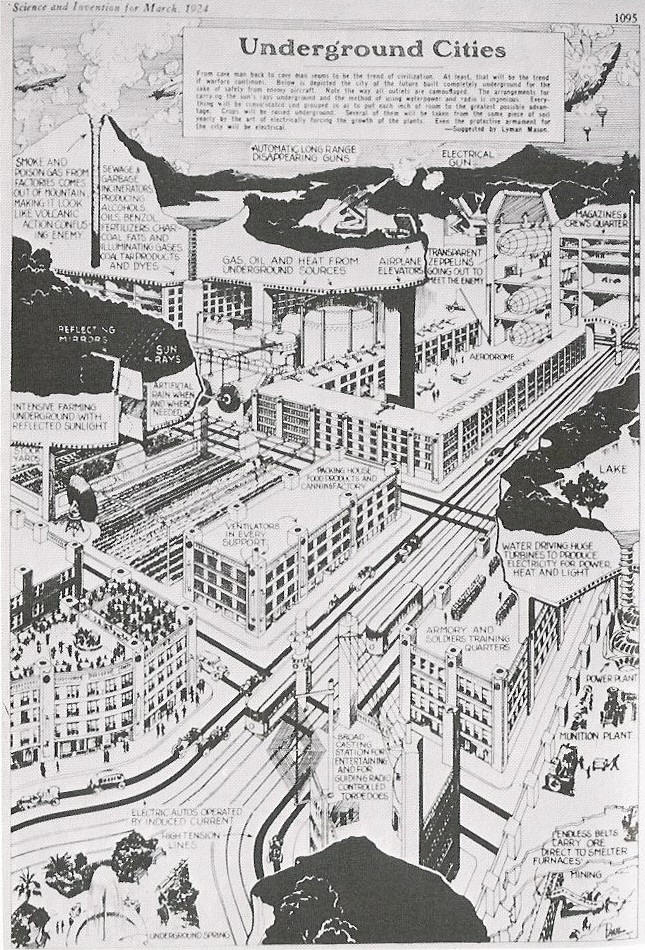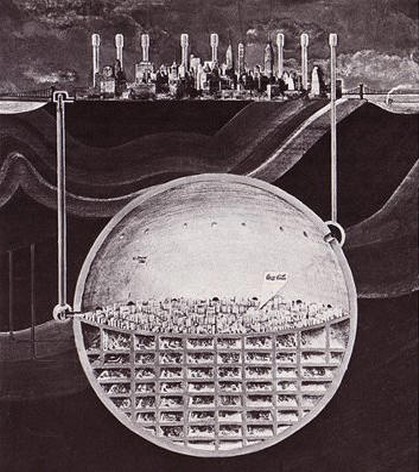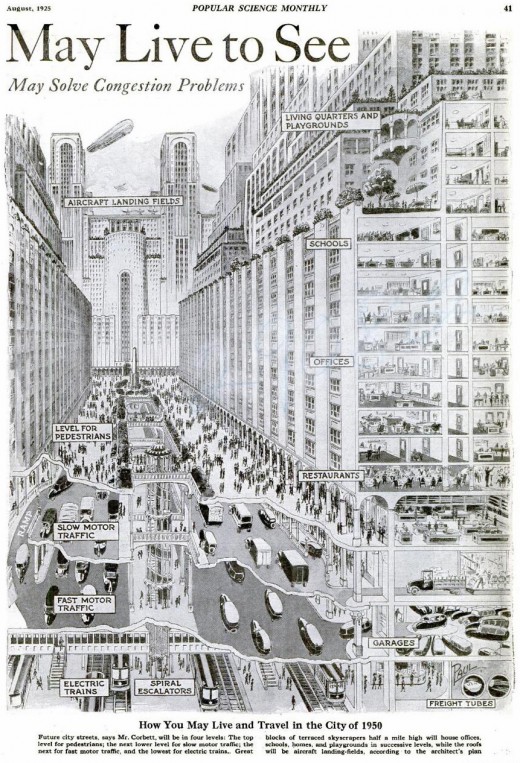Tales of Future Past v2
Main menu
- Home Page
-
Life on Other Worlds
- Life on Other Worlds
- Life on the Planets
- Life on the Moons
- Tales of the Stars
-
Future Living
- Future Living
- Life in 2000 AD
- Leisure
- Shopping
- Drive-In Market
- Cosmetics
- Laundry
- Strikerette
- School: 1999
- Optionics
- Life in 2055
- Future Movies
- Sensorama
- Scopitone
- Radio Pirates
- Weather Control
- Automatic Lumberjack
- Cold Light
- Eternal Youth
- Cryonics
- Suspended Animation
- Space Funeral
- Space Holidays
- Trapped by Television
- Robot Dogs
- Churchill: 1982
- Future House
- Future Kitchen
- Future Food
- Future Work
-
Future City
- Future City
- Skyscraper World
- Tomorrow's Skyline
- Urban Utopias
- World's Fair City
-
Future Transport
- Future Transport
- Rollerball
- Hydrofoil
- Tourism
- Future Liner
- Monorail
- Garden Rail
- Propeller Rail
- Water Rail
- Rocket Trains
- Radio Trains
- Rocket Mail
- Jet Boat
- Desert Liner
- Huge Truck
- Channel Tunnel
- Iron Whale
- Sea Slug
- Sea Slug 2
- Hovercraft
- Ice Field
- Rocket Port
- Vacuum Trains
- Transatlantic Tunnel
- Future Lift
- Travel: 1928
- Concrete Liner
- Teleportation
- Future Car
- Death Rays
Underground Cities

War is Hell on property values and ever since the first Zeppelin raids on London during the First World War there has been the question of how to make cities air raid proof.
One of the more frequent proposals (and least popular, I might add, unless you're H. G. Wells.) was moving urban populations underground where they would be "safe" from attack, such as in this depiction above from 1924 by Lyman Mason. Not only does Mr. Mason show a neat little American burg transplanted into a self-
Wouldn't be cricket, you know.

A few decades later, the underground city concept was revived for the Atomic Age. This time New Yorkers were offered a bolt hole in the form of a city excavated beneath Manhattan with nuclear explosives, which would form a huge bubble deep in the Earth. The lower half would be given over to industrial plants, support systems, and pool halls, while the upper half would be for houses and offices with the great dome lit up as a substitute sky/cinema.
If you look very closely, you can just make out what looks like a Coca-

And you were complaining about wind farms!
Of course in peace time, when the bomb's aren't much of a menace, there's always the compromise solution of not moving the whole city underground, but just the nasty bits, such as this vision of the future from a '30s issue of Popular Science. Here you have all the traffic congestion neatly tucked away under the surface, leaving the street level for exclusive pedestrian use. On the bottom tier are the high-

Since the civic planners were on a roll, the buildings above aren't just for offices. No, on the lowest level are shops, then restaurants above, then offices, then schools, then living quarters and playgrounds, and then (all together now!) rooftop airfields and zeppelin moorings.
Just don't bring up the question of how to pay for all this, because it makes the planners go all cross.